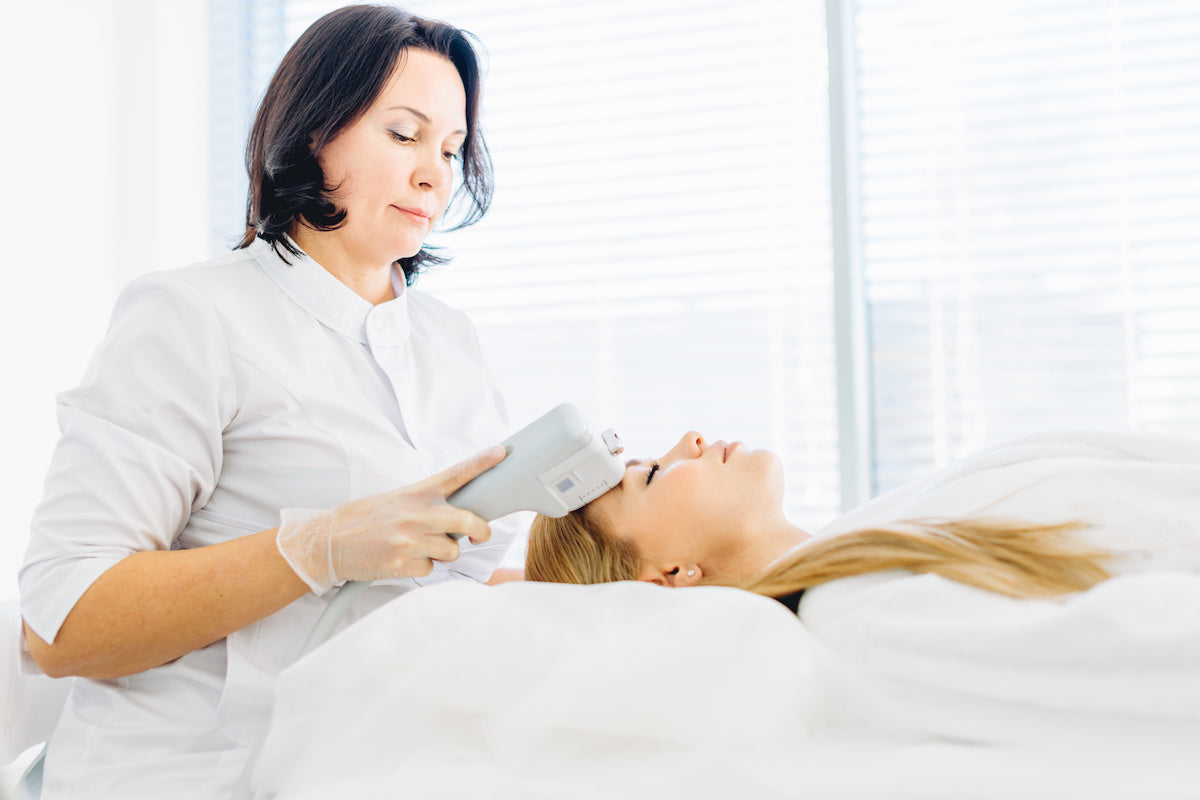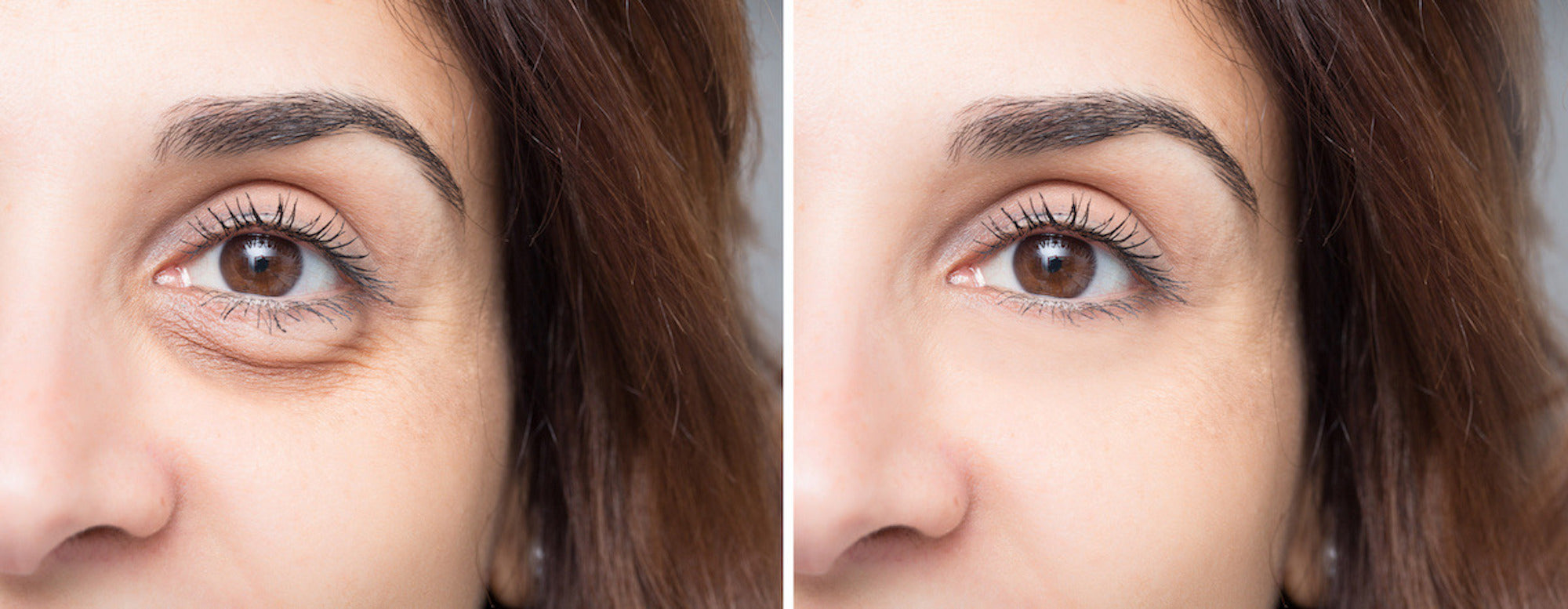
5 Skin Resurfacing Treatments with Stunning Results
In recent years, great achievements have been made with facial skin resurfacing. Now available are several approaches to facial resurfacing/facial rejuvenation, all of which are designed to stimulate cellular renewal and rapid collagen production. Methods range from facial skin care creams, exfoliants, micro needling, dermabrasion, light therapy, extending to laser devices, non-ablative and ablative surface technology, and derma-chemical topicals.
Facial resurfacing treatments aim to provide smoother skin texture, soften fine lines and wrinkles, minimize surface acne scars and hyperpigmentation, even skin tone, and even remove cancerous skin cells. Results can vary depending on the type of the procedural method and skin type being treated.
Make sure your cosmetic aesthetic professional is board certified. You can find a board certified professional in your area by visiting The American Board of Cosmetic Surgery website.
Continue reading to learn about 5 popular skin resurfacing options available to revitalize your skin.
Laser Skin Resurfacing
Laser skin resurfacing treatments are performed using highly concentrated beams of light energy to improve the skin’s tone, texture, and appearance.[1] Laser skin resurfacing is especially beneficial for those with acne scars, facial scarring from surgery or injury, sun spots, and coarse skin from sun damage. Overall skin texture is improved, creating a more even and smooth feel and appearance.
Laser treatments can take anywhere from 30 minutes to 2 hours and may require multiple sessions depending on the skin condition being treated. An anesthetic may be applied in advance for deep ablative laser treatments. Ablative laser resurfacing treatments may take 2 to 3 weeks to heal.[2] For all laser treatments, it’s essential to protect the skin from the sun afterwards. Oxygenating Hydro Matrix is ideal to use immediately post laser. Patented Ceraviate® actively promotes skin renewal and supports the skin's delicate barrier. The HLA and PCA in Hydro Matrix play a critical role in replenishing the moisture loss back into the skin making the after effects of laser tolerable. Apply generously as needed followed by Oxygenetix Oxygenating Foundation for a post-procedure flawless camouflage.
Chemical Peels
Chemical peels exfoliate the outer layer of the skin with a chemical solution. There are 3 main types of peels; superficial, medium, and deep. Chemical peels are used for mild skin discoloration and to improve rough skin texture. Additionally, chemical peels can improve the appearance of freckles, fine lines, wrinkles, and can even treat precancerous skin cells.[3]
During a chemical peel, most feel a burning sensation that can last 5 to 10 minutes. For medium-depth to deep chemical peels, an anesthetic may be applied. The procedure is fairly quick, but skin peeling doesn’t usually occur for 48 to 72 hours after the procedure.[3] The skin may burn similar to a sunburn at first. Oxygenating Hydro-Matrix infused with aloe vera can be applied directly after a chemical peel to cool the area and make peeling of the skin less visible. The patented Ceravitae® provides more oxygen to the compromised skin in order to promote skin renewal and enhance the skin's barrier.
Microdermabrasion
Microdermabrasion removes the outermost layer of the skin using a machine with a diamond or slightly rough applicator tip. Microdermabrasion is used primarily for acne scarring, aging skin, and wrinkles.[4] Microdermabrasion can be used in conjunction with peels or facials to enhance the results.[1]
Microdermabrasion is relatively inexpensive and non-invasive. The procedure is painless, but skin irritation may occur.[4] It is important to protect the sensitive skin after a microdermabrasion procedure. Oxygenating Foundation can be applied directly after microdermabrasion to protect the skin from harmful pollutants and bacteria and help support the moisture barrier.
Dermabrasion
Dermabrasion is more powerful than microdermabrasion, using a rapidly rotating instrument or blade to remove the skin from the treated area layer by layer until the desired depth. According to the American Board of Cosmetic Surgery, “because it reaches more deeply into the skin’s surface, dermabrasion can affect skin pigmentation, and thus is not recommended for every skin type.”[1]
Dermabrasion improves the appearance of acne scars and blemishes, wrinkles, and can be used for the removal of tattoos, skin lesions, and scars.[5] Dermabrasion makes the skin raw and the downtime can be anywhere from several weeks to months. Bandages may be applied for deeply treated areas. In order to avoid infection and lessen recovery time, use Oxygenetix Hydro Matrix directly after dermabrasion. It’s essential to apply a breathable non-occlusive, protective barrier on post-procedural skin. Hydro-Matrix replenishes the HLA and PCA back into the skin while Ceravitae® allows vital oxygen uptake to the skin cells to support compromised skin. Formulated with Aloe Vera Barbadensis, all Oxygenetix products help cool post-trauma skin. Oxygenetix Oxygenating Foundation can be applied over Hydro Matrix, camouflaging redness and other signs of the procedure.
Microneedling
The microneedle instrument holds dozens of needles that microscopically puncture the skin creating controlled trauma to top layers of the skin. This sends a signal triggering the skin’s natural wound recovery cascade to respond. Micro-needling promotes the growth of new healthy skin cells, collagen, and elastin.[1]
Micro-needling is used for acne scarring, fine lines, and wrinkles, and is great for reducing pore size. Since there are no chemicals or lasers taking off layers of skin, micro needling is safe for most skin types including dark skin.[1] Multiple sessions may be needed to achieve the desired results.
The microneedle procedure typically takes 30-60 minutes with little to no downtime. You may have slight bruising, redness and minor swelling to some of the treated areas. Safe to apply Oxygenetix Oxygenating Foundation directly after micro needling, you can camouflage with a sheer application for even skin tone application or a flawless full coverage finish. Oxygenetix buildable layers are sweat and transfer resistant and you can feel confident your skin will be looking it’s best even before leaving the medical office.
Oxygenetix post-procedure topicals can be applied after all facial resurfacing procedures to soothe the compromised skin, promote a speedy recovery, and cover any sign of procedure. This way you can get the procedure you want without the downtime!
Thank you for reading our blog today.
Sources:
American Board of Cosmetic Surgery
American Board of Cosmetic Surgery
American Society of Dermatologic Surgery


Laisser un commentaire
Ce site est protégé par hCaptcha, et la Politique de confidentialité et les Conditions de service de hCaptcha s’appliquent.